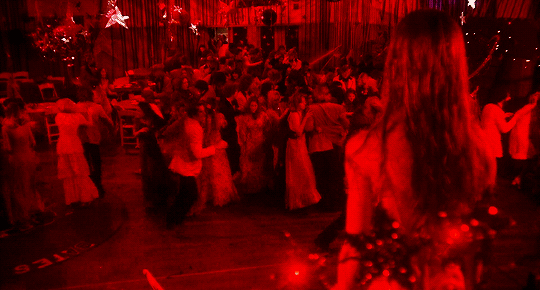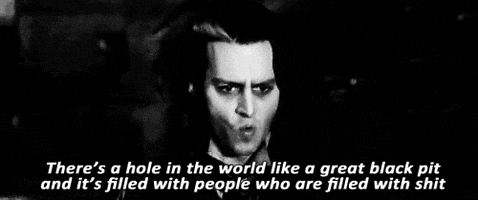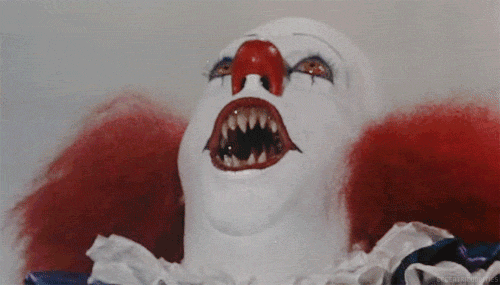Todorov’s theory comes in five
parts:
1) Equilibrium - whether it be negative or
positive the beginning starts in a balanced equal way.
2) Disruption - this means that the balance/equilibrium
is put off-balance
3) Recognition – when the charter/characters
accept and acknowledge the disruption
4) Repair – the stage in which there is
action put in place to fix the disruption
5) Reinstatement – when the stage of equilibrium
returns
Applied to horror- Sweeney Todd: The Demon Barber of
Fleet Street (2007 film)
1) Benjamin
Barker, reaches London after serving 15 years in prison (in Australia), this is
the stage of ‘equilibrium’
2) When
he reaching his old home her discovers from Mrs. Nellie Lovett's that his wife
killed herself after she was raped by judge Turpin the man who wrongly charged
him. He also finds out that is daughter is alive and living with Turpin. This is the ‘disruption’.
3) He
decided to re-open his barber shop but feels inexorable, he kills his old assistant
after he blackmails him and misses the chance to kill Turpin. This is the stage of ‘recognition’.
4) He
then turns to killing all his male customers because he missed out on killing Turpin, Mrs. Lovett then decides to use
the remains of the dead customers in her pies. This this the stage of ‘repair’.
5) He kills a woman he thinks is a beggar but
it is in fact his wife, he kills Mrs. Lovett as she lied and told him his wife
was dead. He then lets Toby kill him as he wants to be with his wife. This is the
stage of ‘reinstatement’
Although this theory can fit some
horror there are some flaws, for example horror movies do not always follow
this structure as they cross-cut between times and place. From this theory I have learnt that there are many way in which horror can create a narrative, it can follow a method like Todorov’s Basic Narrative Theory or it could be in complete contrast.






















